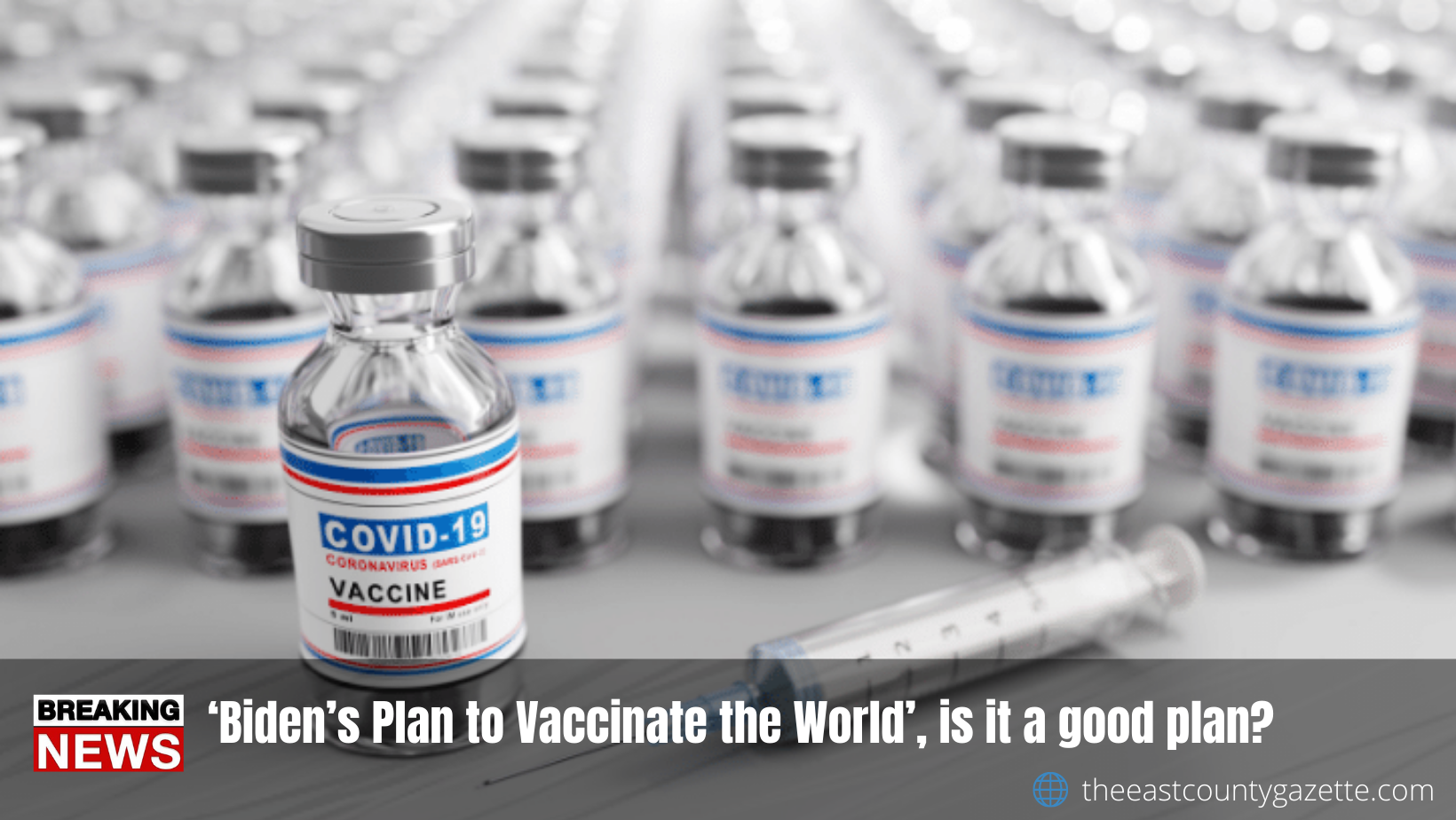President Biden laid out a six-step plan to control the spread of the highly infectious coronavirus Delta variant and get more Americans vaccinated against COVID-19.
“We have the tools to combat the virus,” he said during a press conference today at the White House. “If we can come together as a country and use those tools… we can, and we will turn the tide on COVID-19.”
The plan focuses on increasing vaccination rates, allowing schools to open safely, increasing testing, improving care for people with COVID-19, and boosting economic recovery.
In recent weeks, the country’s 7-day daily average of coronavirus cases exceeded 150,000 for the first time since late January, according to New York Times data.
The coronavirus is killing more than 1,500 people a day, with low-vaccinated states such as Florida, Mississippi, and Louisiana seeing death rates well above the country’s average.
Hospitals throughout the country are also dealing with a surge of largely unvaccinated COVID-19 patients.
Many intensive care units (ICUs) are at or near capacity. Some hospitals in Idaho, one of the least vaccinated states, have started rationing care amid a COVID-19 surge in the state.
On Sept. 22, at a global COVID-19 summit held in conjunction with the meeting of the U.N. General Assembly, President Joe Biden asked the world’s leaders to “go big” on vaccine donations: He announced a goal of vaccinating 70% of the world’s population by next September.
Recommended Read: Vaccine Resistance to Mu Variant May Enforce Full Lockdown
The president was responding in part to growing discontent about global vaccine inequities: Some 79% of vaccinations have occurred in higher-income countries, compared with 0.5% in low-income countries. And Africa has vaccinated only 4% of its population.
Today, Biden announced several measures intended to boost the country’s vaccination rates.
Building on an earlier announcement in July, the president signed an executive order requiring all employees of the federal executive branch to be vaccinated.
This order also covers employees of contractors doing business with the federal government.
The Department of Labor is also developing a rule that will require employers with 100 or more employees to require their workforce to be vaccinated. If employees are not vaccinated, they will need to show a negative COVID-19 test at least weekly.
The administration will also develop a rule requiring these employers to provide paid time off for workers to get vaccinated and to recover from vaccination.
Many large U.S. employers already do this, but the new rule will “reduce the spread of COVID-19 by increasing the share of the workforce that is vaccinated,” Biden said during the press conference.
In addition, the Centers for Medicare & Medicaid Services (CMS) will require COVID-19 vaccination for employees of most healthcare settings that receive Medicare or Medicaid payments.
This includes hospitals, outpatient surgery centers, dialysis facilities, and home healthcare agencies.
Many have argued that foreign manufacturers don’t have the technical competence to produce cutting-edge vaccines. But countries including India, Brazil, and Vietnam have a proven track record in vaccine production.
And South Africa is already establishing a major mRNA vaccine technology transfer hub, with the support of the World Health Organization. (All it’s waiting for is cooperation from the innovator drug companies.)
Countries such as Australia, Singapore, and South Korea have invested in advanced vaccine technology but they, too, require cooperation from Pfizer and Moderna.
Increasing vaccine supply won’t be enough. Let’s not forget that delivering vaccine doses into arms in low-resource and rural settings is hard.
Recommended Read: COVID-19: Vaccine Mandates for Air Travel Supported by Fauci
A U.S.-led coalition would need to fund a strong vaccine infrastructure and train vaccinators and health communicators. mRNA vaccines need cold storage, including during transportation and at local distribution points – a logistical challenge in remote areas.
The president must convince Congress to fund a bold plan, order U.S. pharmaceutical companies to share their innovative technologies, and rally the international community.
But such an effort would yield immense dividends in saved lives and global economic productivity – and it would prevent ever more dangerous variants from reseeding a COVID-19 surge in America.
Perhaps the most enduring accomplishment would be to end the reliance of poor countries on the rich – creating more ample supplies of lifesaving medical resources by diversifying manufacturing globally. That would make the world far more resilient when the next health crisis hits.

